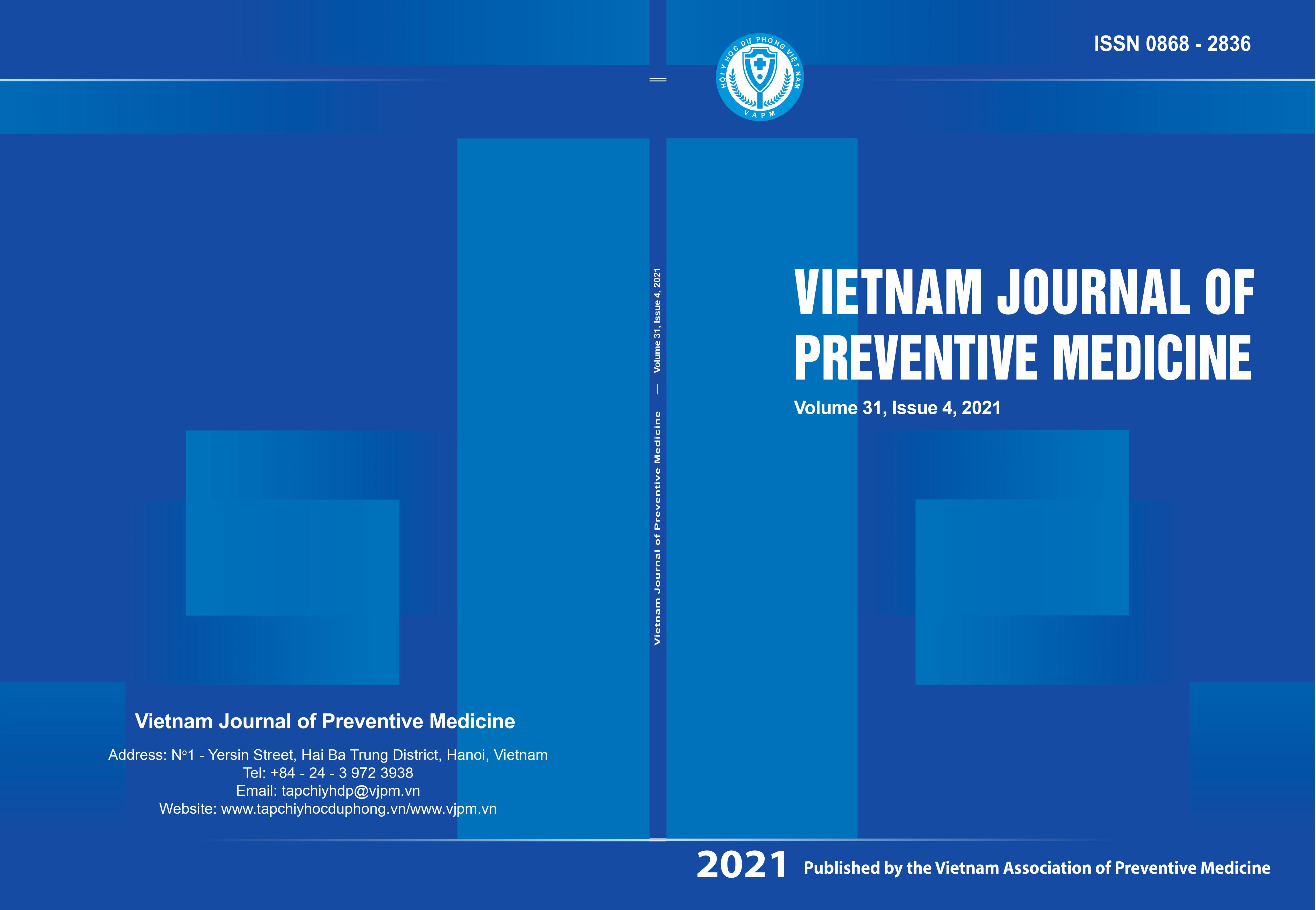Characteristics allelic of Human Leukocyte Antigen class I genotype and association with viral load and CD4 cell count in HIV-1 infected patients, Hanoi 2014 – 2016
DOI:
https://doi.org/10.51403/0868-2836/2021/335Từ khóa:
HLA class I, HLA associated CD4/viral load, HLA-A/B/C, HIV-1 CRF01_AETóm tắt
Human Leukocyte Antigen (HLA) class I plays a regulatory role in cellular immune response to HIV-1 infection. The role of HLA alleles in HIV progression via viral load and CD4 cell count is well known. HLA class I is polymorphic and distributed differently by nation. This descriptive cross-sectional study was performed on 303 HIV-1 infected patients in 2014 - 2016, with aims to (i) characterize HLA class I genotype with 4-digit nomenclature and (ii) identify specifc alleles in correlate with CD4 cell counts and HIV viral load. 117 allele genotypes have been identifed, including 28 HLA-A alleles, 54 HLA-B alleles and 35 HLA-C alleles. The results showed that the most prevalent alleles in the population include A*11:01 (30.7%), B*15:02 (15.2%) and C*08:01 (17.1%). The frequency of haplotype created from these alleles is 8.4%. A*02:03, B*46:01 related to gender and ethnicity respectively. In conclusion, the study provided detailed pattern of HLA class I expression in a study population of HIV-1 infected patients and reported for the frst time the associated B*51:01, C*14:02 alleles associated to an increase in CD4 cell counts.
Tải xuống
Tải xuống
Đã Xuất bản
Cách trích dẫn
Số
Chuyên mục
Giấy phép
Giấy phép xuất bản số: 150/GP-BTTTT cấp ngày 8/5/2014;
Giấy phép hoạt động báo chí điện tử số 322/GP-BTTTT cấp ngày 15/6/2016.


